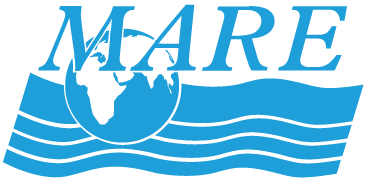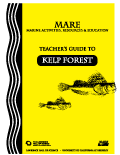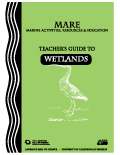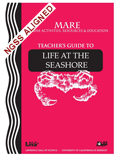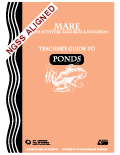Category: Teacher Guides
5th Grade–Open Ocean
This curriculum (MARE Teachers’ Guide to Open Ocean and GEMS Ocean Currents and Only One Ocean) includes activities for students to examine the causes and effects of connected ocean basins and ocean currents, make evidence-based explanations for animal adaptations, and work with real-data to design solutions for sustainable fisheries.
4th Grade–Kelp Forest
Download the Kelp Forest Teacher Guide Now Gazing from shore at the gently swaying surface of a kelp forest canopy, it’s difficult to imagine the activity below. But from holdfast to blade this algal forest is home to bizarre invertebrates and fish of every imaginable color, size, and form. It’s also the unique home of […]
3rd Grade–Wetlands
This curriculum includes activities that investigate the relative densities of water, map organism foodweb connections, use data analysis to examine habitat resource use, and experimental design to learn more about animal adaptations.
2nd Grade–Sandy Beach
The curriculum is made up of both the MARE Teachers’ Guide to Sandy Beaches and GEMS On Sandy Shores, it includes themes of the rock cycle, invertebrates and marine mammal adaptations.
1st Grade–Life at the Seashore
This three-dimensional curriculum engages students in the science and engineering practices as they deepen their understanding of all the NGSS first-grade life science disciplinary core ideas. Students use patterns and structure and function to examine how living things survive at the seashore, and create a Field Trip Guide to share their understanding of the seashore with visitors coming to observe their classroom seashore.
Kindergarten–Ponds
This curriculum addresses the NGSS as well as Common Core State Standards for ELA and Math by having students explore real ponds, build, maintain, and investigate a desktop model pond in the classroom, research and share information about pond organisms, as well as engineer some solutions to environmental issues that may impact pond organisms occurring in their own schoolyard.

